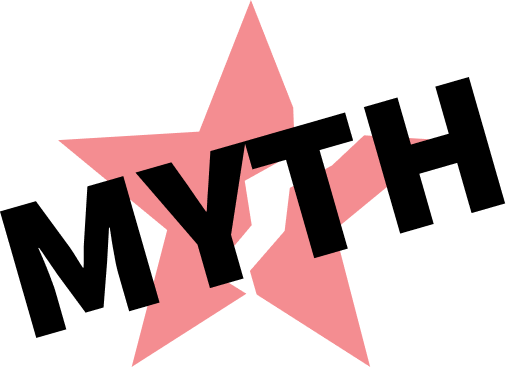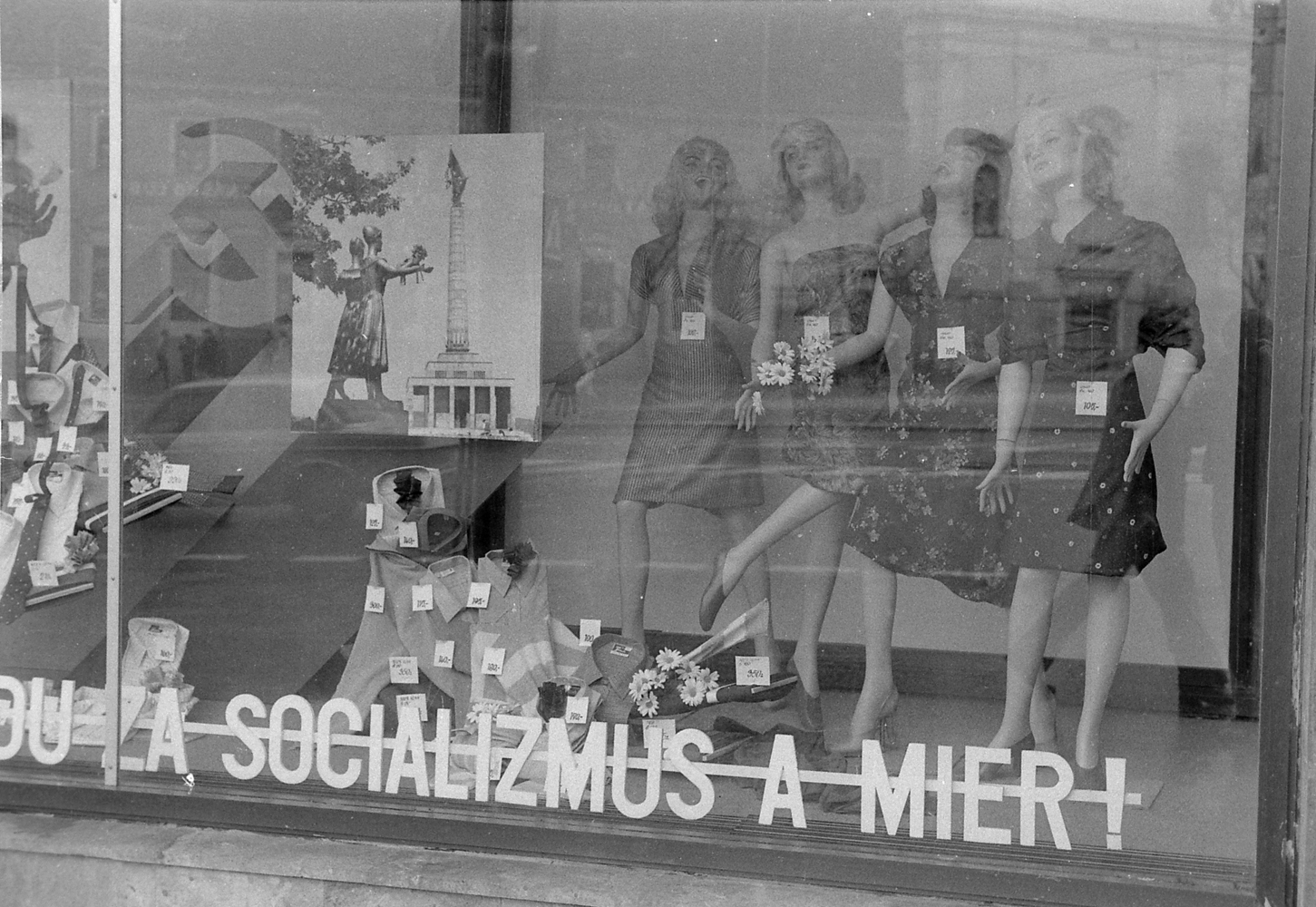“Until 1989, Czechoslovak products had excellent reputation abroad and were exported worldwide”
according to 66% of respondents participating in the April 2018 poll carried out by the FOCUS agency.
Facts and disproval of the myth ↓
During the period of the first Czechoslovak Republic, major importers of Czechoslovak products included several developed capitalist countries, particularly Germany, the USA, and the United Kingdom. But Czechoslovakia lost those selling markets due to the forced re-orientation of foreign commerce after 1948 and we were able to succeed with our products primarily only on less developed socialist markets. Czechoslovak products had selling markets in the CEMA (Council of Economic Mutual Aid) countries secured thanks to rigidly set rules disregarding quality and costs.
While 44% of our export was directed to markets of developed capitalist countries in 1948, it was only 16% by the beginning of the eighties.
A major part of our export to socialist countries in 1983 consisted of machines and devices and the West-oriented export amounted to only one third. Moreover, when compared to the production of capitalist countries, Czechoslovak machines and devices were sold for relatively lower prices. Low value-added goods – agricultural products, food, raw minerals, and metals accounted for a significant part of the export.
The fact that Czechoslovak manufacturers exported mainly to other economically less developed socialist countries evidenced the low, and falling behind the West, ability to compete and low efficiency of the Czechoslovak economy. Enterprises were not exposed to the global market competition, which resulted in the absence of any pressure to increase production efficiency, quality, and innovation (chapter 2.3 Economic relations with foreign countries).



